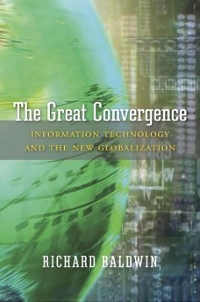Question
15. Consider a stock that pays a year-end dividend of $2.00 and has an expected sales price of $103. Suppose you require a rate of
15. Consider a stock that pays a year-end dividend of $2.00 and has an expected sales price of $103. Suppose you require a rate of return of ke = 5%. What is the current price of the stock (you'd be ready to pay)?
(a) 98.
(b) 99.75.
(c) 100.
(d) 101.
(e) 102.25.
16. You believe that a corporation's dividends will grow 5% on average into the foreseeable future. The company's last dividend payment was $5. You require a rate of return of ke = 12%. How would you calculate the current price of the stock?
(a) Using the Gordon Growth model;
(b) Using the one-period valuation model;
(c) Using the Generalized Dividend Valuation Model;
(d) Using non of the above.
18. You believe that a corporation's dividends will grow 5% on average into the foreseeable future. The company's last dividend payment was $5. You require a rate of return of ke = 12%. What is the current price of the stock?
(a) 65.
(b) 69.5.
(c) 73.5.
(d) 75.
(e) 81.25.
19. The present value is
(a) the sum of capital gains and the current yield.
(b) the expected change in the price as a fraction of the current price.
(c) the sum of discounted future cash flow payments.
(d) Non of the above.
20. Given the interest rate i, the present value of an asset that promises payments of $100 in 4, 5, and 6 years from now can be calculated as
(a) 100 /(1+i)^15 ;
(b) 300/(1+i) ^4 ;
(c) 100 /(1+i) ^5 + 100/ (1+i) ^6 + 100 /(1+i)^7 ;
(d) non of the above.
Step by Step Solution
There are 3 Steps involved in it
Step: 1

Get Instant Access to Expert-Tailored Solutions
See step-by-step solutions with expert insights and AI powered tools for academic success
Step: 2

Step: 3

Ace Your Homework with AI
Get the answers you need in no time with our AI-driven, step-by-step assistance
Get Started


